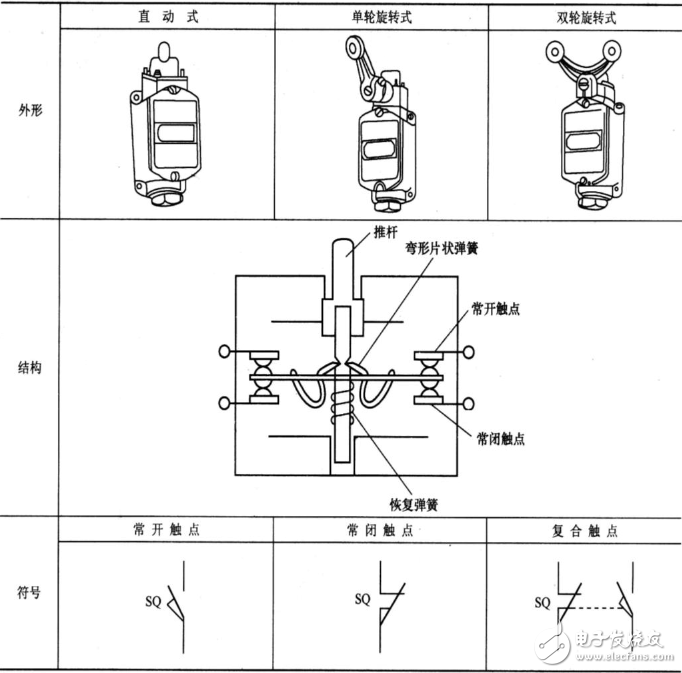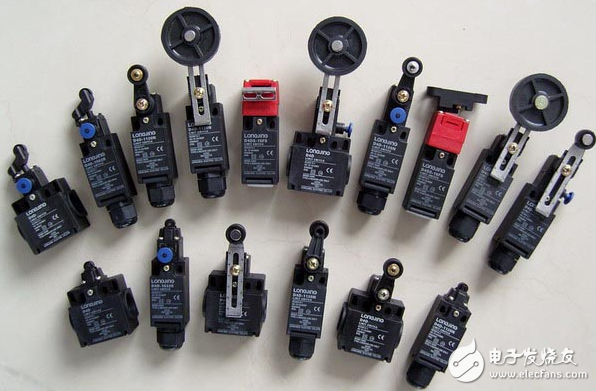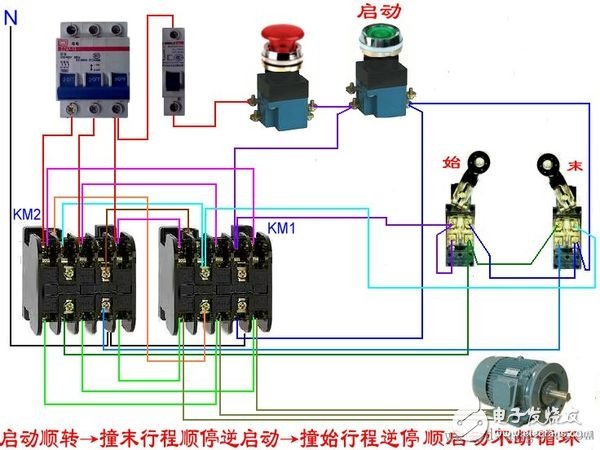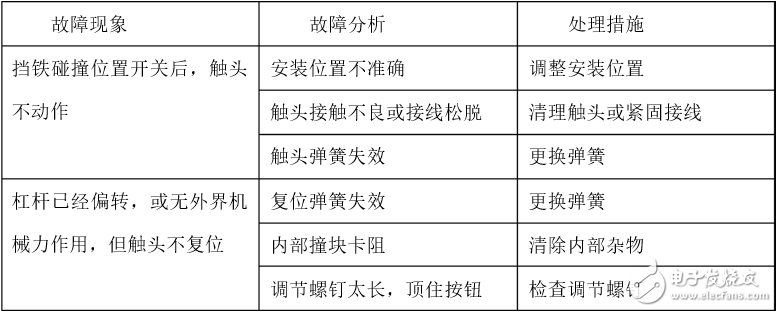One common type of electrical switch used in industrial automation is the travel switch, also known as a position or limit switch. These devices are typically used to control the movement of mechanical systems by detecting when a moving part reaches a specific position. When the moving component of a machine collides with the switch, it triggers an action in the contact system, allowing for automatic stopping, reversing, or changing direction of the machine at a predetermined point.
Travel switches are essential components in many production machines, ensuring that operations remain within safe and controlled limits. They are generally composed of three main parts: the operating mechanism, the contact system, and the housing. Depending on their design and function, they can be classified into different types such as direct-acting, rotary, and micro-motion switches. The physical structure and symbol representation of these switches are illustrated below.

Choosing the Right Travel Switch:

1. Select the appropriate type based on the application and the machinery involved. If the machine operates at a moderate speed, a standard travel switch is usually sufficient. However, if the motion path isn't suitable for a direct-acting switch, a cam-operated rotary switch may be more appropriate. In situations where high reliability and precision are required, proximity switches might be a better choice.
2. Choose the protection rating (open or enclosed) based on the environmental conditions where the switch will be installed. For example, in dusty or wet environments, a sealed switch is recommended.
3. Select the correct series according to the voltage and current requirements of the control circuit. This ensures compatibility and prevents damage due to overloading.
4. Consider the movement characteristics of the machine and choose the structural form that best matches its operation—such as roller, lever, or plunger types.
Proper Installation and Use:

1. When installing the switch, ensure the roller is positioned correctly and not reversed. The point of contact with the actuating bar must align precisely with the control circuit requirements to guarantee reliable operation.
2. Regularly check the switch’s movement for smoothness and reliability. Inspect the mounting screws to ensure they are tight, and address any issues promptly to avoid malfunctions.
3. Clean the contacts periodically to remove dirt, grease, or oxidation. Replace worn-out components as needed to prevent unexpected failures or safety hazards.
Common Faults and Troubleshooting:

Some common issues with travel switches include contact wear, misalignment, or failure to activate. To resolve these, inspect the mechanical components for damage, adjust the switch position if necessary, and replace any faulty parts. Proper maintenance and correct installation can significantly extend the lifespan of the switch and improve overall system performance.
Best Phone Glass with OCA Manufacturer
Our company specializes in manufacturing Glass OCA for mobile phones of various brands, including iPhone, Huawei, Xiaomi, OPPO, Vivo, Samsung, Nokia, OnePlus, etc.
Glass OCA,Phone Screen Glass,Glass with OCA,OCA Glass,Mobile OCA Glass
Dongguan Jili Electronic Technology Co., Ltd. , https://www.jlglassoca.com